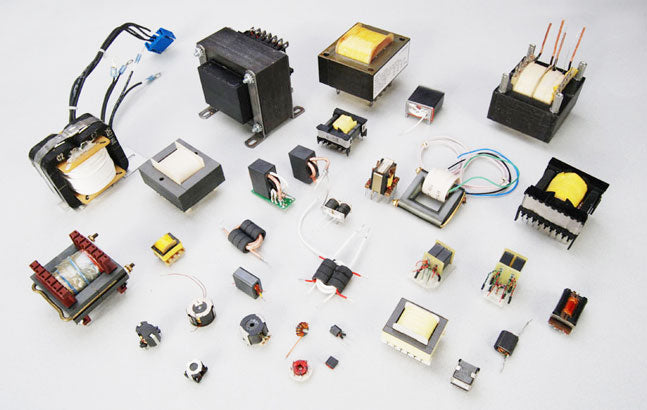Tracing an electrical circuit without power can be a daunting task, especially for those who are not well-versed in electrical engineering principles. However, mastering this skill is essential for electricians, technicians, and DIY enthusiasts alike. This article will delve into the methodologies, tools, and best practices for effectively tracing electrical circuits in a safe and efficient manner, even when the power is turned off.
Understanding the Basics of Circuit Tracing
Before diving into the techniques of tracing an electrical circuit, it is crucial to understand the fundamental concepts of electrical circuits. An electrical circuit consists of a closed loop that allows current to flow, typically including components such as resistors, capacitors, inductors, and switches. Each component has a specific function, and understanding these roles can significantly aid in tracing the circuit.
Safety First: Precautions to Take
When working with electrical circuits, safety should always be the top priority. Here are some essential precautions to consider:
- Disconnect Power: Always ensure that the power supply to the circuit is completely turned off before starting any work. This can be done by switching off the circuit breaker or removing the fuse.
- Use Personal Protective Equipment (PPE): Wear insulated gloves and safety goggles to protect yourself from accidental shocks or debris.
- Verify Power is Off: Use a non-contact voltage tester to confirm that there is no voltage present in the circuit before proceeding.
Tools of the Trade
To effectively trace an electrical circuit without power, several tools can be invaluable:
- Multimeter: A versatile tool that can measure voltage, current, and resistance. It can help identify continuity in the circuit.
- Circuit Tracer: This specialized device sends a signal through the circuit, allowing you to trace the path of the wires without needing power.
- Wire Labels: Labeling wires can help keep track of connections and make tracing easier.
- Schematic Diagrams: Having a schematic diagram of the circuit can provide a roadmap for tracing and understanding the connections.
Step-by-Step Guide to Tracing an Electrical Circuit
Now that we have established the basics and gathered the necessary tools, let’s outline a systematic approach to tracing an electrical circuit without power.
Step 1: Review the Circuit Diagram
If available, start by reviewing the circuit diagram. This will give you a clear understanding of how the components are interconnected and where to focus your tracing efforts.
Step 2: Identify Key Components
Locate the main components of the circuit, such as switches, outlets, and junction boxes. Understanding the layout will help you navigate the circuit more effectively.
Step 3: Check for Continuity
Using a multimeter, set it to the continuity setting. Place one probe on one end of a wire and the other probe on the opposite end. If the multimeter beeps or shows a low resistance reading, the wire is intact. This step is crucial for identifying breaks or shorts in the circuit.
Step 4: Trace the Path
Follow the wires from one component to another, using your multimeter to check for continuity at various points. If you encounter a break, mark the location for further inspection.
Step 5: Document Your Findings
As you trace the circuit, take notes and document your findings. This will not only help you keep track of your progress but also serve as a reference for future troubleshooting.
Common Challenges and Solutions
While tracing an electrical circuit, you may encounter several challenges. Here are some common issues and their solutions:
- Complex Wiring: In older buildings, wiring can be convoluted. In such cases, using a circuit tracer can simplify the process by providing a clear signal path.
- Hidden Connections: Wires may be hidden behind walls or ceilings. If you suspect hidden connections, consider using a stud finder that can detect electrical wiring.
- Faulty Components: Sometimes, the issue may lie within a component itself. If you suspect a component is faulty, consider replacing it and testing the circuit again.
Conclusion
Tracing an electrical circuit without power is a skill that requires practice, patience, and the right tools. By following the outlined steps and adhering to safety precautions, you can effectively identify and troubleshoot circuit issues. Whether you are a professional electrician or a DIY enthusiast, mastering this technique will enhance your ability to work with electrical systems safely and efficiently. Remember, the key to successful circuit tracing lies in understanding the fundamentals, utilizing the right tools, and maintaining a methodical approach. Happy tracing!

